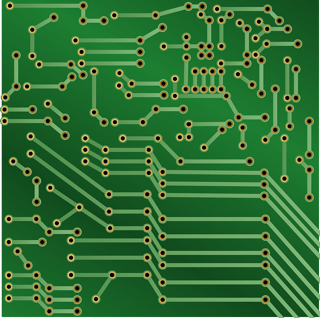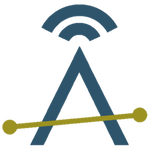 The 21 Century Cures Act, which recently passed through the US congress with strong bi-partisan support is mandating EVV for home care. Let's talk about what this means and more specifically what it means to you...
The 21 Century Cures Act, which recently passed through the US congress with strong bi-partisan support is mandating EVV for home care. Let's talk about what this means and more specifically what it means to you...
What is EVV?
EVV stands for Electronic Visit Verification. In simplistic terms it means that you need to use technology to prove that you performed your home care visits. Sadly, the reason for this legislation is that our industry has a bad reputation for fraudulent activity, where some bad apples submitted claims for lots of work that wasn't actually done. So, congress has sent a strong message that if you're going to charge for home care work, you have to do the work.
How is EVV Achieved?
While there may be more ways to achieve EVV, we support 5 approaches at Ankota. Here's what they are and how they work:
-
Telephony: (pronounced teh-leh-fuh-knee) is a time keeping system using old-school home phones. The care provider calls from the client's home phone to clock in and clock out of their visit. The caller ID is used to compare against the client's registered home phone number and it they match, the visit is confirmed. Note that the caregiver need to both clock in and clock out, and the location is verified on both ends/
-
Mobile/GPS: "There's an app for that!" The second and fastest growing EVV solution is a mobile app for clocking in and out. The verification is done by comparing the GPS location of the phone at the time of clock in and clock out with the with the GPS.
-
FOB: A FOB is a "fixed object" placed in the home of the care recipient and physically connected (e.g., attached to a drawer-pull in the kitchen). Ankota customers generally use FOBs for their (growing) subset of their clients who don't have a home phone and when their caregivers don't use smart phones. The FOB generates a code when the caregiver arrives and when they leave. This code, combined with a unique FOB crypto code allow the software to determine the caregiver's time of arrival and departure.
-
Kiosk: With the kiosk model, an internet connected device, typically an Android tablet, is placed in the home and used for clocking in and out. This technique is used by some high end private pay agencies and is being considered for some managed care programs as well.
-
Voice Signature: Ankota has incorporated an amazing voice signature technology that asks the client to speak a phrase and can then tell you if it's a match or not. There is at least one managed care program (in Illinois) that uses this approach.
Help Implementing EVV
Your software vendor may be able to provide EVV capability for your business. In fact in non-medical home care providing EVV capability is one of the major functions that your software should offer, so check in with your vendor about their EVV offerings. If you need to do EVV for the first time and need to make it compatible with your existing software, Ankota would be happy to help. Please contact us.
Ankota provides software to improve the delivery of care outside the hospital, focusing on efficiency and care coordination. Ankota's primary focus is on Care Transitions for Readmission avoidance and on management of Private Duty non-medical home care. To learn more, please visit www.ankota.com or contact us.






Your Comments :